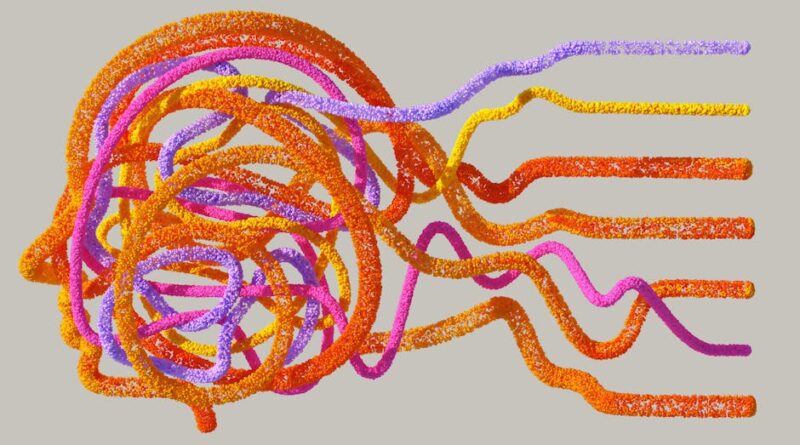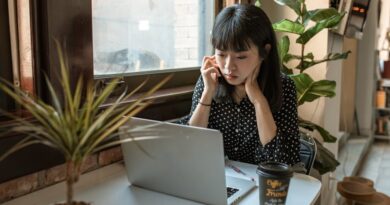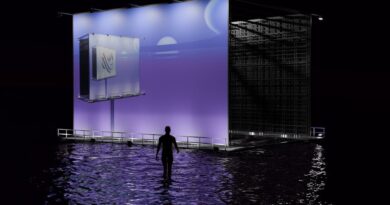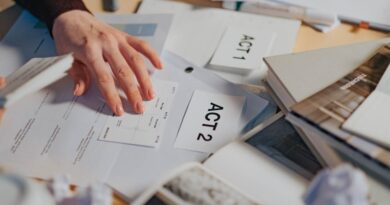The Impact of AI on Digital Art
Art and technology have always been interwoven, influencing and shaping each other in profound ways. In recent years, the rise of Artificial Intelligence (AI) has had a significant impact on the world of digital art, revolutionizing how artists create, interact with, and perceive art. This transformative fusion of art and technology raises thought-provoking questions about creativity, authorship, and the future of artistic expression. Let’s delve into the fascinating realm of AI and its impact on digital art.
The Intersection of AI and Digital Art
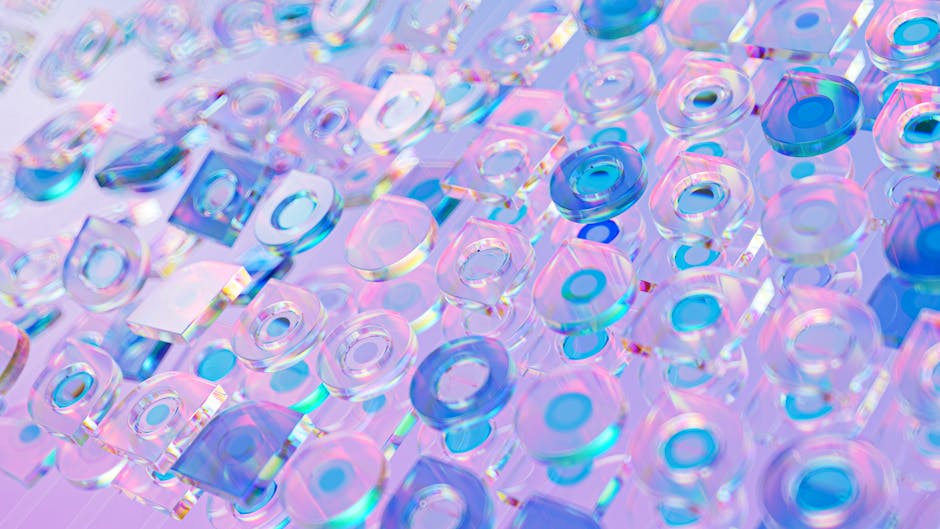
Artificial Intelligence, a branch of computer science that aims to create intelligent machines capable of mimicking human cognitive functions, has opened up new possibilities for artists across various disciplines. In the realm of digital art, AI serves as a powerful tool that can augment, enhance, and sometimes even replace traditional artistic processes.
One of the most prominent applications of AI in digital art is the generation of artwork through algorithms and machine learning. Artists and programmers can use AI-powered tools to create intricate and mesmerizing pieces of art that push the boundaries of creativity. This intersection of AI and digital art blurs the lines between human and machine-generated art, challenging traditional notions of authorship and originality.
Enhancing Creativity with AI
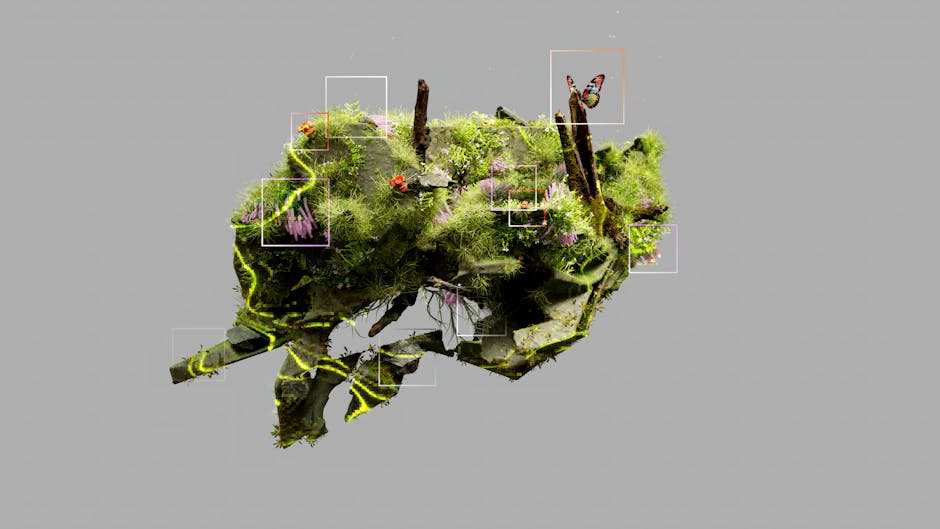
AI algorithms can analyze vast amounts of data, patterns, and styles to generate new and innovative artistic creations. By training AI models on large datasets of artwork, photographs, or even music, artists can leverage AI to inspire and inform their creative process. This collaborative approach between human artists and AI algorithms can lead to unexpected and groundbreaking artistic outcomes.
Moreover, AI tools like neural networks and generative adversarial networks (GANs) can assist artists in exploring new artistic styles, experimenting with different techniques, and overcoming creative blocks. These AI-driven tools enable artists to push the boundaries of their imagination and produce artworks that transcend traditional artistic conventions.
The Evolution of Artistic Techniques
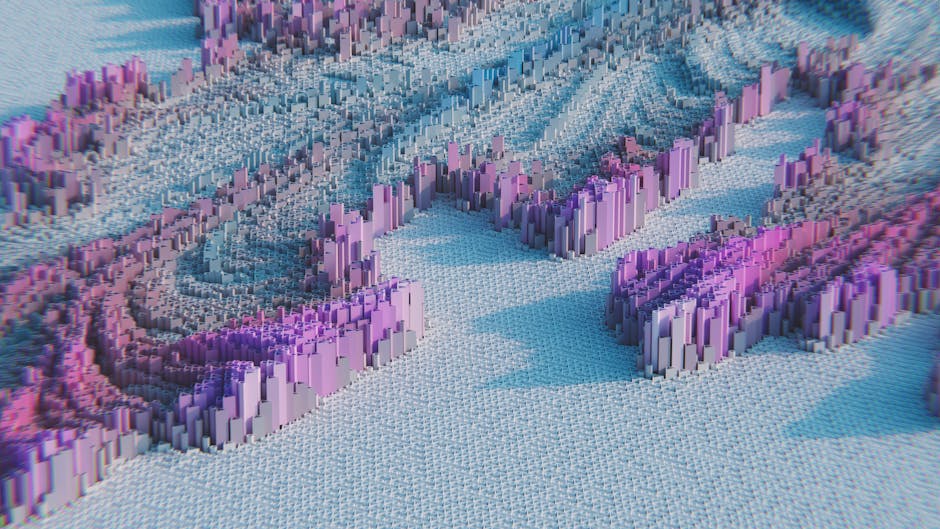
AI has also revolutionized the way artists approach and execute various artistic techniques. For instance, AI algorithms can analyze and replicate the style of renowned artists, allowing creators to mimic the brushstrokes of Van Gogh or the compositions of Picasso. This technology opens up a world of possibilities for artists to explore different artistic movements and experiment with diverse styles.
Furthermore, AI-powered tools can automate repetitive tasks in the artistic process, such as color correction, image enhancement, and even composition adjustments. This automation frees up artists to focus on more creative aspects of their work, enabling them to iterate rapidly and explore new ideas without getting bogged down by technical details.
Challenges and Controversies
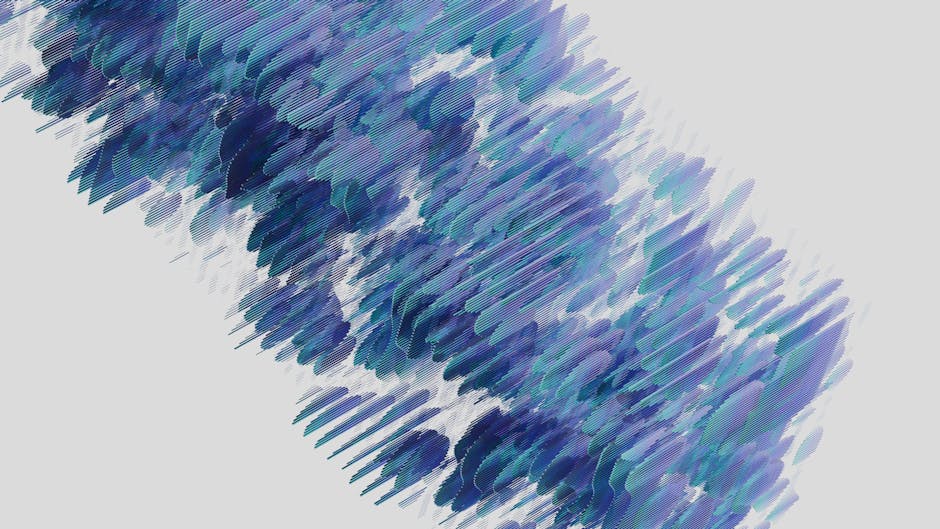
Despite the numerous benefits AI brings to the world of digital art, its integration also raises ethical, legal, and philosophical concerns. One of the primary challenges is the question of authorship and ownership of AI-generated art. Who owns the rights to a piece of artwork created by an AI algorithm? Should the AI artist be credited as the creator, or does the human artist behind the algorithm hold the rights?
Additionally, there are concerns about the impact of AI on the art market and the devaluation of human creativity. As AI-generated art becomes more prevalent, there is a fear that original human artwork may lose its value, leading to a homogenization of artistic expression. Balancing the benefits of AI with the preservation of artistic integrity and authenticity poses a complex challenge for the art world.
The Future of AI in Digital Art
Looking ahead, the future of AI in digital art holds immense potential for innovation and creativity. As AI technologies continue to evolve and improve, we can expect to see even more sophisticated tools that empower artists to realize their artistic vision in unprecedented ways. From interactive installations to immersive experiences, AI-driven art promises to redefine the boundaries of artistic expression.
Moreover, AI has the power to democratize art and make it more accessible to a broader audience. By leveraging AI algorithms to create personalized artworks, artists can tailor their creations to individual preferences and tastes, fostering a deeper connection between art and viewers. This democratization of art has the potential to engage new audiences and inspire a renewed appreciation for artistic expression.
Common Misconceptions
One common misconception about AI in digital art is that it will replace human artists entirely. While AI can assist and enhance the creative process, it cannot replicate the depth of human emotion, intuition, and lived experience that informs artistic expression. Human artists bring a unique perspective and creativity to their work that AI algorithms cannot fully replicate.
Conclusion
To wrap things up, the impact of AI on digital art is a multifaceted and evolving phenomenon that shapes the landscape of artistic creation. By harnessing the power of AI, artists can explore new artistic frontiers, experiment with diverse styles, and engage with audiences in innovative ways. While challenges and controversies exist, the fusion of AI and digital art presents exciting opportunities for creativity, collaboration, and artistic expression. As we navigate this ever-changing terrain, one thing remains clear: the future of art is boundless, with AI as a compelling partner in the artistic journey.
Art is a reflection of the human experience, and AI offers a new lens through which to explore and interpret this experience. By embracing the fusion of art and technology, we can unlock new realms of creativity, inspiration, and imagination. The impact of AI on digital art is not just a trend; it is a transformative force that reshapes the very fabric of artistic expression. Let us embrace this evolution and celebrate the endless possibilities that AI brings to the world of digital art.

